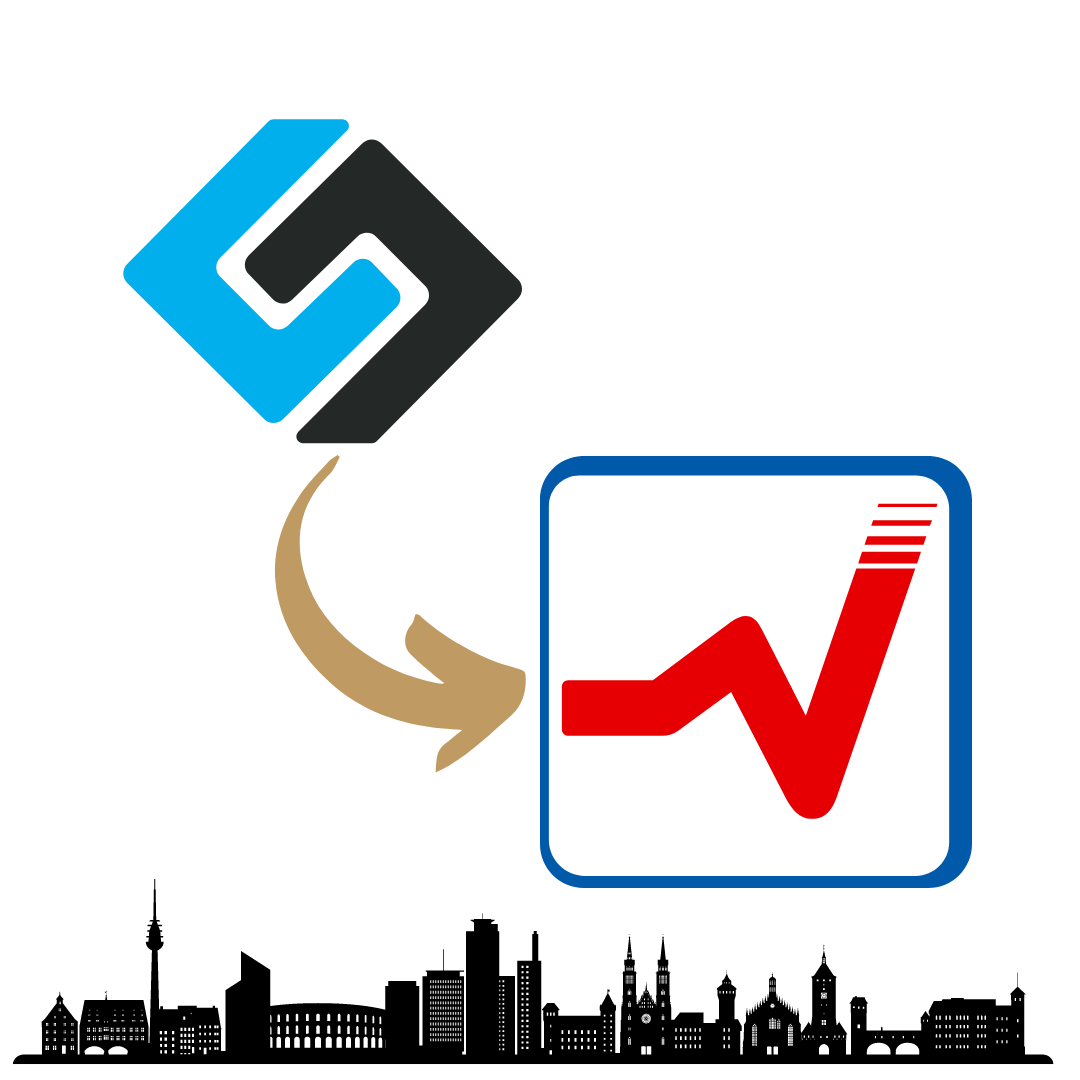Dracal’s CEO observations at Sensor+Test 2024

Last week, I had the pleasure of attending the Sensor + Test 2024 trade show in Nuremberg, Germany. After spending 3 days meeting dozens of players in the sensor and data acquisition industry, I noticed several trends I see as good news that the world is moving in the right direction. There remains, however, one issue still ignored on the test side which I believe needs to be addressed.
Good news on the sensor side
The first good news is the clear increase in the sensors supply adapted to the growing trend towards a greener global economy. For example, there is a growing importance of sensor supply for propane detection, suggesting a growing movement towards using this energy, which is greener than fossil fuels.
Also, the growing supply of gas sensors for detecting environmental pollutants in industrial and automotive design applications leads us to believe that the manufacturing community is genuinely aware of environmental issues and is making genuine efforts to contribute to a better planet.
Finally, I see the obvious miniaturization of the environmental sensor offering as a very positive development, making environmental measurements increasingly accessible to all, whether integrated into a watch or an accessible, portable environmental station. Environmental conditions (CO2, particles in the air, relative humidity, etc.) have a direct impact on our health, and access to this data will enable all citizens not only to look after their own health, but also give them reliable tools (data!) to back up their claims for healthier working and living environments.
Good news on the Test side
On the "Test" side, I've seen an increase in the offering range of data acquisition systems for engineering. This diversification will make reliable and versatile data acquisition solutions increasingly accessible, whether in terms of price competitiveness, modularity or specialization.
I've also seen a great openness to establishing data integration partnerships, indicating that manufacturers are aware that their systems need to be able to be used with other DAQ systems on the market. This openness is important for end-users, enabling them to freely adapt their test system to their future needs.
A question still ignored on the test side
However, in my opinion, there is still one element of discussion in the field of test engineering, which remains in a state of status quo and deprives the best companies of the precious time of their best engineers. This question addresses the issue of accessibility to meaningful final data, which, let's not forget, are the elements on which systems are automated and critical decisions are made. Indeed, after talking to almost all manufacturers of DAQ systems present, the most frequent response to the question: "Once the DAQ system has been purchased, how do the engineers access the final meaningful data?" was, "That's their problem. Not ours. We offer a consulting service to make the system 100% functional."
I remain convinced that it is not necessary (or even desirable) for engineers assigned to test activities to have to constantly reinvent the wheel to convert raw data (conversion, compensation, calibration, recalibration, certification, programming, etc.) into reliable, meaningful data. I firmly believe that it should be possible for all those involved in measurement and testing tasks to have direct access to their final data and to be able to manipulate it with the utmost simplicity.
Ariane Garon, Ph.D.